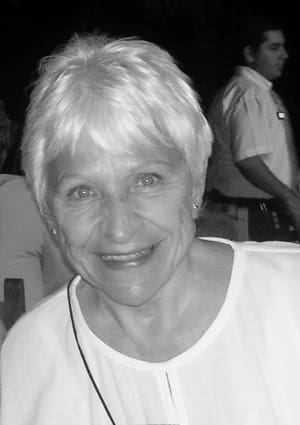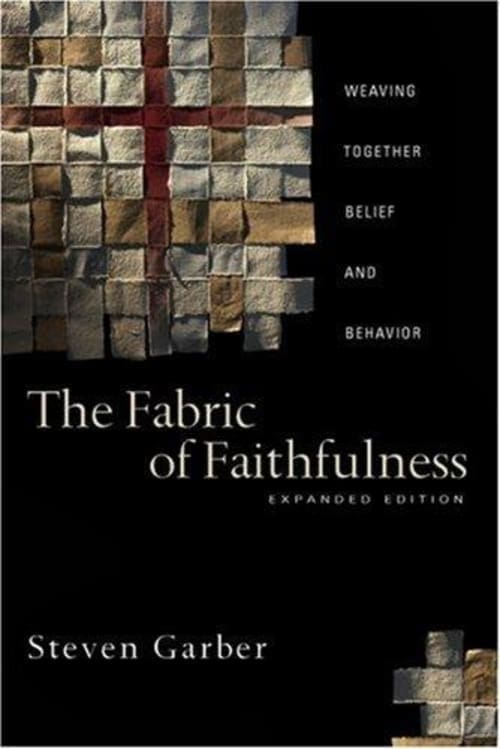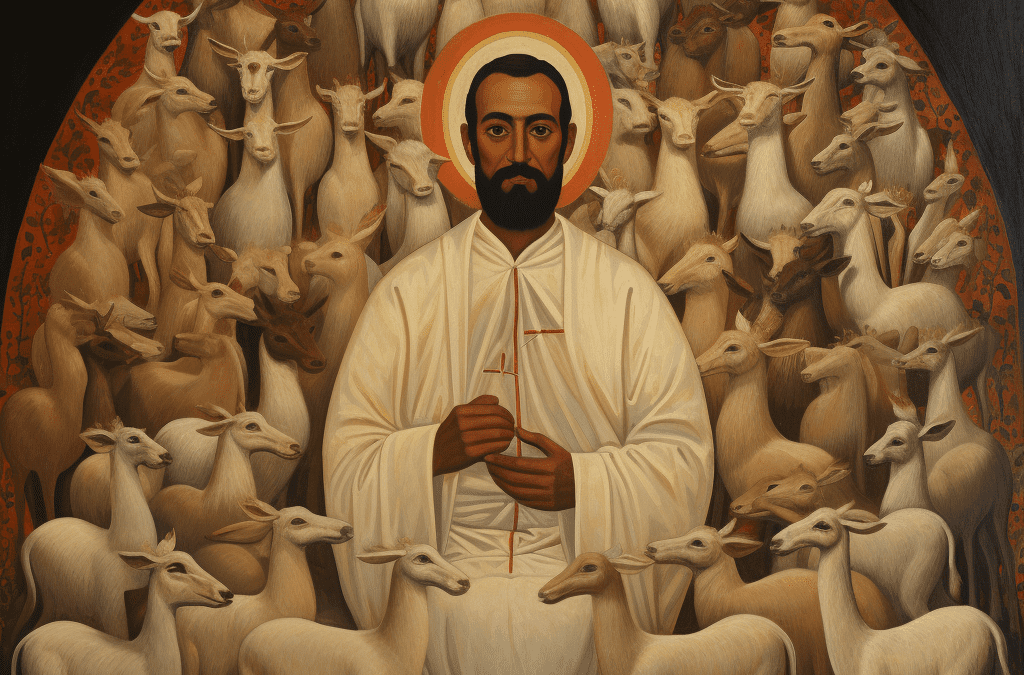Few things are more important to Christian parents than their children’s education and well-being. However, when parents discuss the most suitable institutions for education, they often base their information on anecdotes, not real information. Findings of the Cardus Education Survey (2011) have not only opened up a much-needed discussion, but also provide important information for parents as well as for teachers.
For our own work—as teachers of teachers—we were struck by two findings in particular:
- Parents and teachers desire to engage students in actually impacting culture.
- Yet, Christian students are reluctant to think about politics.
This topic is of great interest to us. We have both long worked in Christian education, Gloria as an author and education professor at Calvin College and Julia as a professor of political science at Whitworth University and director of a project helping students connect what they believe and how they live. Together, we have worked on Christian Teachers in Public Schools (explaining American First Amendment law and developing pedagogy for teachers of faith); Families Living in the Fabric of Faithfulness: Parents and children describe what works (a book based on the worldview-development work of Steven Garber and Sharon Parks, studying how families challenge each other to live according to their deepest beliefs); and a third book, currently in progress, on helping teachers in Christian schools think through what it means to engage culture in a world that is broken but redeemed.
Cultural engagement must be integrated in curriculum, not “tangential”
Engaging culture is complex: it is difficult, and it can be scary to do. Though parents, administrators, and teachers might want their students to have an impact on the culture around them, the survey demonstrated that this rarely actually happens. Few schools were found to be systematically—through curriculum and pedagogy—integrating academic learning with engaging the world outside of school. Instead, schools seem to rely on teachers to “spontaneously make connections” when an opportunity arises. Interactions with the world are “tangential to the formal curriculum,” and the focus is on volunteering in the community or field trips.
Actually engaging with culture, though, requires that we develop a larger view and teach students to navigate the government, media, and the arts. Students pointed this out. Several students articulated a frustration with the focus on volunteering as the primary solution to understanding the world’s problems. However, when curriculum integrated a concern for justice and demonstrated how people in the world had engaged their community to make change, the students were challenged and interested.
Once a community is persuaded that impacting culture is a good thing to do, though, how do we go about doing it?
What makes adults of conviction?
The willingness and ability to impact culture is developmental. Researcher Sharon Daloz Parks and author Steven Garber, in separate projects, found that if you look at adults who have made it through their 20s and 30s with their convictions and character intact, they often have several experiences in common. These experiences, along with a plan to integrate them into high school culture and curriculum, follow.
1. They were taught a worldview that was sufficient for the questions oand crises of the next 20 years.
In order for teachers to show students how to be a force for good in the world around them, the teachers themselves need to have what scholars call a “theology of culture.” We believe it is important for teachers to be encouraged to spend time reading and talking together about what it can mean when Christians impact the culture around them. This will give them the theological tools to then persuade students and even parents that art, politics, media, and other parts of the world around them are not frightening.
Three books can be helpful here: Richard Mouw’s Uncommon Decency: Christian Civility in an Uncivil World helps us think about how to engage those who think differently than we do both within and outside of the Christian community; William Rowmanowski’s Eyes Wide Open: Looking for God in Popular Culture can help teachers help students think about the world of art and media; and Good News About Injustice: A Witness of Courage in a Hurting World by International Justice Mission’s Gary Haugen explains how Biblical principles guide our thoughts and actions in the face of the evils of the world.
2. They often had a mentor who incarnated the worldview that they were coming to identify as their own.
It might seem difficult to arrange mentors for students year after year, but in the age of Skype and the Internet, we encourage teachers to consider the wealth of guidance offered by Christian college students around the country. College students today are engaged in sustainable living practices, volunteering for non-profit law firms, tutoring children, and travelling all over the world. Many would jump at the opportunity to connect with Christian high-school students who are looking for a mentor with similar interests.
3. They made the choice to live out their worldview in the company of mutually committed friends and neighbours.
Developing community around topics of interest to students starts to create a connection that can deepen when family, church members, and neighbours enter into the discussion. If teachers want to encourage students to engage the world, then they have to think about it in phases.
First, students have to be aware of culture; then think about it critically; and, finally, start to consider how to challenge and change it. But if teachers are to guide students in this process, they must think about the biggest problems of the world through the eyes of faith. Thankfully, teachers don’t need to figure this all out alone; there are many different experts available to help them talk with students about Christian approaches to cultural challenges. Organizations like Center for Public Justice, Sojourners, and Evangelicals for Social Action, social media groups like ThinkChristian.net, and magazines like Relevant are filled with people exploring what it means to have Christian perspective on social problems. And when they make use of these resources, teachers might even ask authors to “visit” their classrooms through Skype so students can talk with people who devote their lives to engaging and changing culture in a broken but redeemed world.
4. They had taken time to “practice” the commitments of their hearts, starting with volunteering and service-learning.
Service-learning and volunteering are very important in the lives of students, but as stand-alone activities, they will not have much impact. They must be paired with worldview development, mentors, and a community of like-minded people who agree that making a difference in the world is an important thing.
The Cardus survey found that Protestant Christian School graduates are avoiding political action, and report a surprisingly low interest in politics altogether when compared to Catholic school graduates. Yet though the idea of “politics” is off-putting for many Christians because it is perceived as mean-spirited, many people of faith are nonetheless committed to making a difference in the world.
If we broaden our understanding of politics to the concept of “citizenship,” we have a framework in which to encourage engagement with the world. For example, consider the issue of sex trafficking. Over the course of a semester, teachers in all fields could commit to exploring the issue of trafficking from the perspective of their own subjects: history of trafficking in the country; the economics of trafficking; the psychological impact of this sort of violence on victims; the sociological or legal aspects of trafficking; biblical principles that relate to violence against the weak. Since trafficking exists in every country and most cities, experts can be brought in to talk with students in person or via Skype. Students can explore what sorts of groups exist in their own community to treat victims or prosecute criminals in this field. Finally, students can research and discuss what sorts of everyday activities might have the unanticipated consequences of supporting the traffickers themselves (for instance, sometimes pedicure/manicure salons or certain kinds of restaurants engage in trafficked labour).
Ideally, with the support of the administration, the teachers could get together and blend classes to do this. We have, however, found that it is very difficult to get an entire school on board. However, a small group of teachers can still band together to link their classes and make a profound difference in the analytical ability of students. In our work we’ve found that when students are exposed to this kind of work—this integrated approach to curriculum—they may like it so much that their enthusiasm can start a chain reaction, influencing the curriculum of other teachers.
Teachers who would contribute their stories to the upcoming project on curriculum can email stro@calvin.edu or jstronks@whitworth.edu.



